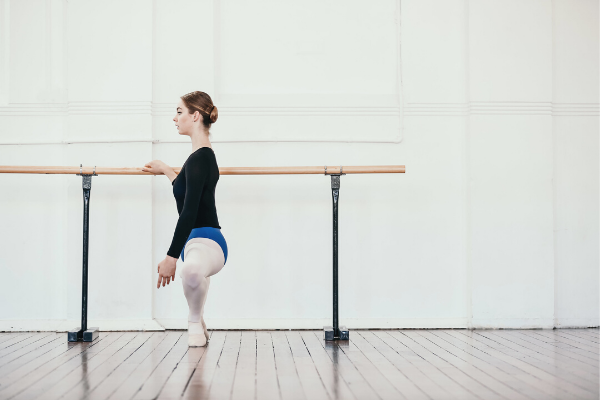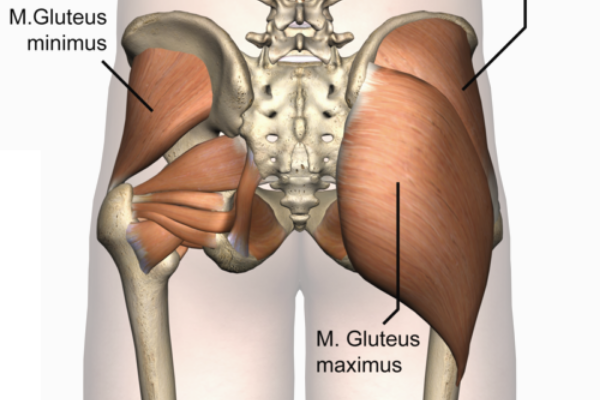Relative Rest
Many dancers are terrified of admitting that they have an injury because they are so worried about taking “time off”. This is usually associated with a fear of losing condition, putting on weight, or losing flexibility. This means that they eschew the “Rest” that they know they should take because there is something more important going on. A major performance, an exam, a casting for your dream job... Sound familiar?
Sitting through class icing your foot is not only not much fun, but it also does not give a very good impression to those you are trying so desperately to impress. (It is also not great for healing, so please avoid sustained icing!)
However, stack a few of those injuries on top of each other, and the body starts to struggle. Why? Well, because muscle around any area of pain starts to waste away very quickly, and you can often see visible atrophy (muscle loss) just 4 days after an injury. This is basically due to a protection response from your brain. To experience less discomfort, your brain can use a strategy where it selectively does not feel the injured area so much, to experience less pain. However, with less feedback, there is also less feed-forward, in that there will be also less contraction of that muscle due to the dulling of the nerves leading to it.
This is where “Relative Rest” comes in. It is basically a way to protect the injured area while continuing to train the rest of your body, and it has two main focuses.
The first is resting the injured area to avoid any more damage. So stopping jumping, pointe work, walking... whatever activity causes pain or movement of that area. This may involve using crutches, a boot, some taping, or simply wearing supportive running shoes and not jumping in class. This does NOT mean that you rest every other area of your body, in fact, resting one area should give you much more time to train the rest of your body!
How do you know what to rest from? It is extremely important to be guided by your treating therapist. For some injuries we must avoid loading the area, while for others, loading the area is essential for optimal healing. It is very important not to immobilise a joint that does not need to be immobilised, as this may cause more issues than it solves. This is why a correct diagnosis is so important. Most often, gentle movement in specific directions is essential for healing, so while you may be restricted from doing some movements, others may be very important to do.

The second part of relative rest should actually include careful activation of the muscles around the area (if it is safe to do so) to keep the connection alive between your brain and the muscle active. This can make a HUGE difference in how quickly you can return to full capacity when you are allowed to use that area again and can prevent other associated injuries from developing.
Especially if you have a foot injury that requires you to be “non-weight-bearing” (i.e. on crutches or in a boot) this may be a great time do some more focussed work on improving any areas of concern in your body. This may include a choreographed Floor Barre, detailed work on improving your range of turnout, or finally getting around to mastering your intrinsic foot control. This is a great time to eliminate any bad habits that may have crept in so that you can return to class better than ever. This is also a great way to actively show your teacher that you are doing all that you can to get back into class, so they will usually be a lot more sympathetic.

Having a rehab program that focusses on the principle of “Relative Rest” means that you can rest the portion of your body that is actually injured, allowing the natural healing process to work its magic, but that you can still work the rest of your body. This means that you can rehabilitate your injury, and correct all of the factors that caused it, before returning to class in a sensible way. Your rehab program should actually make you stronger and more flexible than just before you were injured!
Injury Resources
If you are looking to delve deeper into this topic, check out the following programs:
- Will I Ever Dance Again: The “Will I Ever Dance Again?” program is perfect if you are unable to train at full capacity, whether this is due to a foot injury, surgery, an accident or illness outside of the studio. It helps you build back to full capacity gradually while maintaining strength, flexibility and control in the rest of the body.
- Level One Dance Teacher and Therapist Training: This unique course covers a multitude of assessment and treatment techniques to individualise a dancer's training. With special focuses on Postural Control, Core Stability, Flexibility, Basic Classical Technique, The Dancers Hip, Allegro, Spinal Mobility and Arabesques, it is suitable for anyone working closely with dancers.







